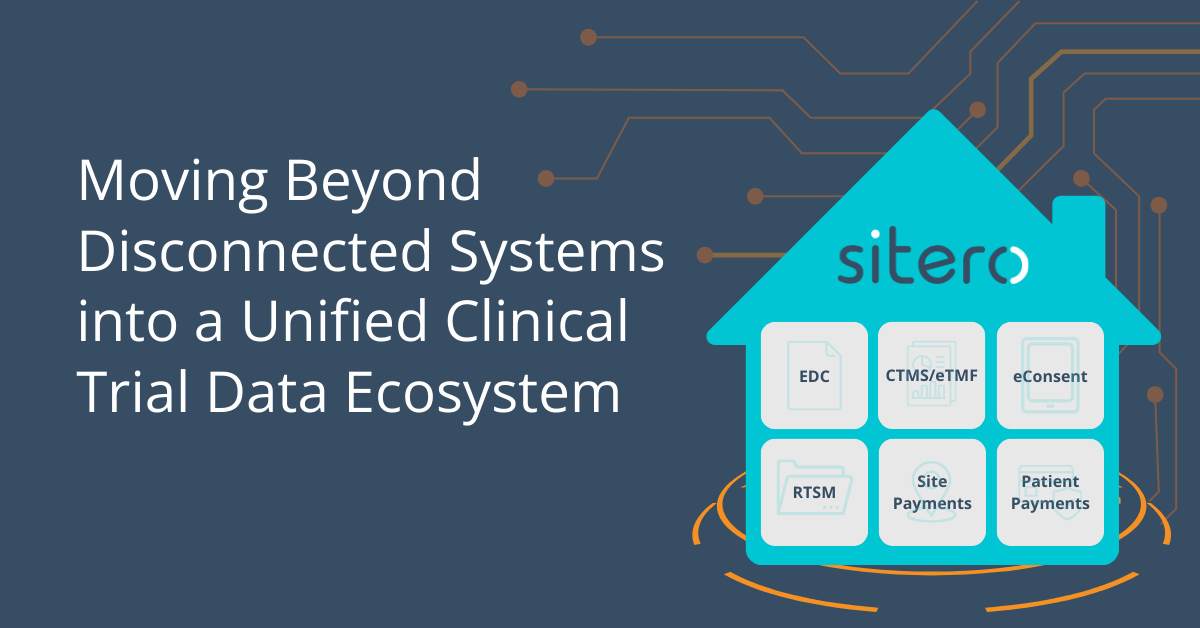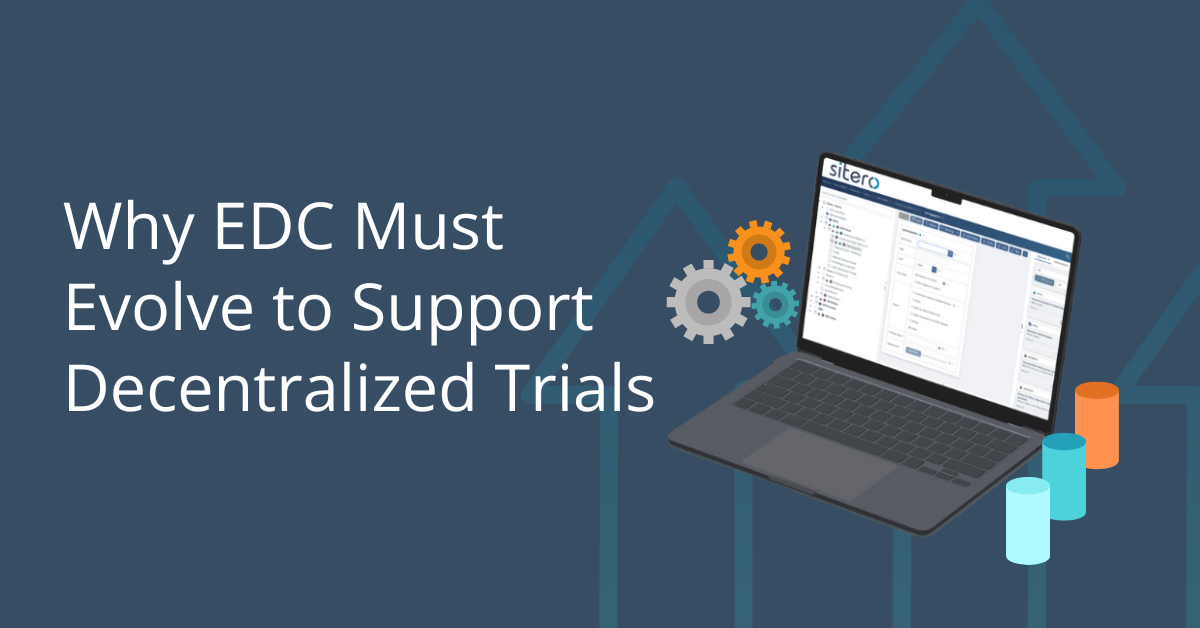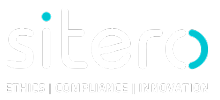
Rethinking Electronic Data Capture in Clinical Trials: The Need for Configurable, Real-Time Solutions
Clinical trials are inherently complex, yet many electronic data capture (EDC) systems make data entry unnecessarily difficult. Traditional EDCs lack configurability, making data entry unintuitive for sites and forcing study teams to rely on multiple systems—EDC, ePRO, and eSource—to collect data. This fragmented approach creates inefficiencies, increases costs, and complicates workflows.
EDC must support both direct data entry and transcription from source, enabling real-time data capture from any user, in any location. To ensure trials run efficiently, the EDC should also provide seamless interoperability with other essential clinical trial systems, ensuring unified workflows, automated data exchange, and show a reduction in manual reconciliation.
By eliminating data silos and fostering a connected ecosystem, an advanced EDC enhances efficiency, data quality, and regulatory compliance throughout the trial lifecycle. Not all EDCs are built with this flexibility. Many systems lack the configurability needed to make direct data entry intuitive for sites, which results in slow adoption, errors, and inefficiencies. By rethinking how EDC is deployed, the industry can eliminate unnecessary complexity, improve data entry efficiency, and reduce reliance on multiple tools.
The Problem with Traditional EDC Deployment
While EDC systems are essential for clinical trials, many traditional platforms introduce inefficiencies that slow workflows and increase complexity. Key challenges include:
- Lack of Configurability for Direct Data Entry
- The Challenge of Multiple Systems for Data Collection
- Poor Integration with CTMS and RTSM
- Monitoring Remains Inefficient
Lack of Configurability for Direct Data Entry
Many EDC systems are not designed for intuitive direct data entry, making it difficult for sites to efficiently input data. Without proper configurability, sites are forced into rigid workflows that slow down trial execution. An effective EDC should offer a fully configurable, user interface that allows study teams to build forms tailored to their specific study needs improving usability and adoption.
The Challenge of Multiple Systems for Data Collection
In most clinical trials, data is collected across multiple platforms (EDC, ePRO, eSource), creating unnecessary complexity.
- Investigators use EDC for structured trial data.
- Patients enter information through ePRO, often in a separate system.
- eSource (direct data entry) eliminates the need for separate documentation, but many EDCs fail to support it properly.
A properly deployed EDC should support both direct data entry and transcription from source, eliminating the need for separate ePRO and eSource systems.
Poor Integration with CTMS and RTSM
Many EDCs do not integrate well with other essential clinical trial systems, such as, the Clinical Trial Management System (CTMS) for study planning and Randomization and Trial Supply Management (RTSM) for patient randomization and drug supply tracking. This lack of interoperability results in manual data reconciliation, which increases trial complexity and introduces opportunities for errors. A modern EDC should enable seamless data exchange between these systems to streamline trial operations and improve overall efficiency.
Monitoring Remains Inefficient
Monitoring remains a critical aspect of clinical trials, but traditional EDCs often limit flexibility in how it is conducted. A robust system should support all three monitoring models:
- Traditional Site-Based Monitoring – On-site visits for source data verification (SDV), including targeted and reduced SDV.
- Remote Monitoring – Reviewing data in real time from a centralized location.
- Eliminating SDV When eSource is Fully Utilized – If all data is entered directly into the EDC, separate source verification becomes unnecessary.
A modern EDC should allow sponsors to choose the monitoring approach that best suits their trial, without being limited by rigid system constraints.
How Sitero’s Mentor EDC is Solving These Problems
Sitero’s Mentor EDC is designed to be the most user-centric, fully configurable EDC available. Unlike traditional systems, it provides:
- 100% Configurable Form Design – No Coding Required
- A Single Study Build Tool
- Full Support for ePRO Within the EDC
- Real-Time Data Capture & Monitoring
- Seamless Integration with CTMS & RTSM
Configurable, no-code form design allows study teams to build intuitive forms without the need for programming support, ensuring seamless direct data entry for sites. This improves compliance, reduces errors, and accelerates trial execution. A single study build tool further simplifies trial management by eliminating the need for multiple configurations across different components, reducing complexity and errors.
Integrating ePRO within the EDC removes the need for separate systems, allowing patients to enter data directly and keeping all trial information centralized. Real-time data capture ensures instant availability, enabling remote monitoring and reducing reliance on site visits for source data verification (SDV). Lastly, seamless integration with CTMS and RTSM eliminates manual data reconciliation, allowing study management, randomization, and drug supply tracking to work together efficiently.
The Future of EDC: A Call for Change
Clinical trials should not be held back by inflexible, disconnected EDC systems. The clinical research industry must rethink how EDC systems are deployed. Instead of maintaining rigid, outdated platforms that require separate ePRO and source documentation tools, trials should be built on a fully configurable, real-time EDC system that allows for direct data entry, transcription, and seamless integration with other trial functions.
- Why do we still use inflexible EDC systems that make data entry difficult for sites?
- Why are trials still using separate ePRO systems when modern EDCs can support patient-reported data natively?
- Why aren’t all EDCs fully integrated with CTMS to eliminate data silos?
- Why hasn’t the industry moved toward EDC and RTSM integration that enables site users to randomize and dispense medication without switching systems?
Conclusions
The industry must embrace an EDC system that is fully configurable, integrates ePRO natively, and enables real-time, direct data entry by anyone, anywhere. Sitero’s Mentor EDC is proof that a better system already exists. By offering 100% configurability, a no-code interface, and full ePRO support within the EDC, Mentor EDC eliminates unnecessary complexities and sets the standard for modern clinical trials. With out-of-the-box integrations for RTSM, eConsent, and CTMS, Mentor EDC ensures seamless workflows, reducing site burden and enhancing data accuracy.
Sitero’s Mentor EDC represents the next generation of clinical data management. By rethinking how EDC is deployed, the clinical research community can improve efficiency, reduce costs, and accelerate trial timelines. The time to embrace a smarter, more configurable approach to data capture is now. Contact our team to learn more.
The future of clinical trials is a unified, interoperable ecosystem. Sitero’s Mentor platform is leading this transformation, ensuring that clinical trials are more efficient, compliant, and streamlined than ever before. Learn more in our latest blog:
Today’s trials require data entry from anyone, anywhere including patients, sites, home nurses, and remote investigators. Learn why EDC systems must evolve to support decentralized trails in our latest blog:




